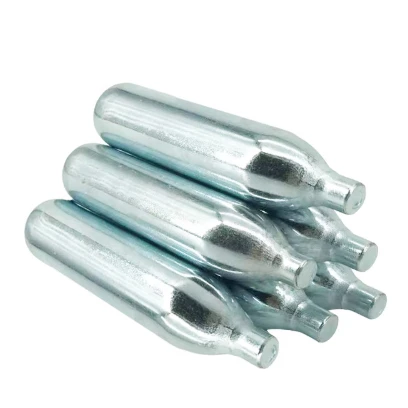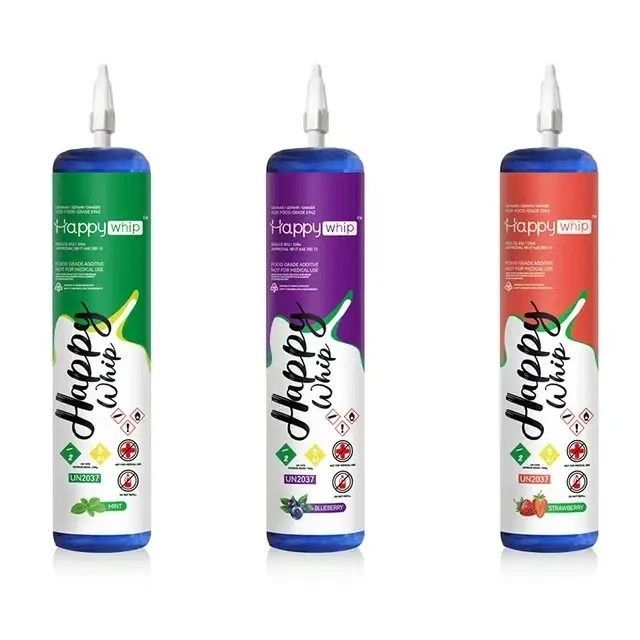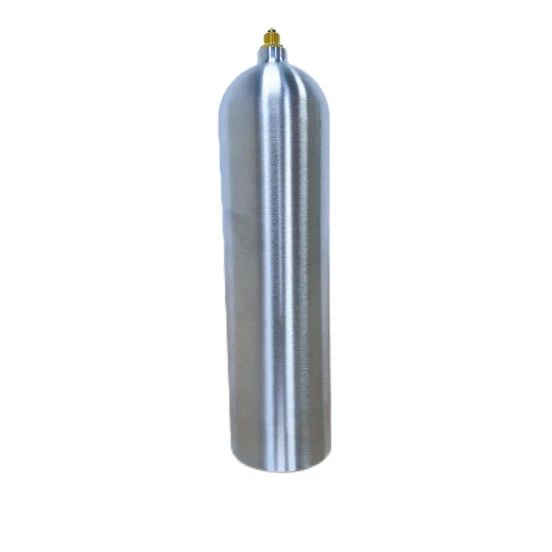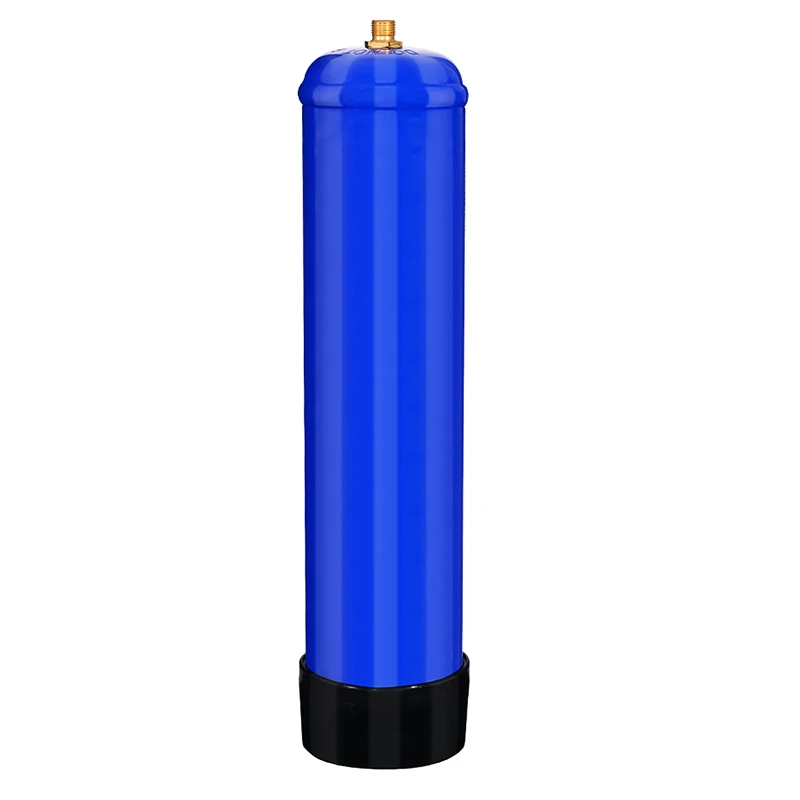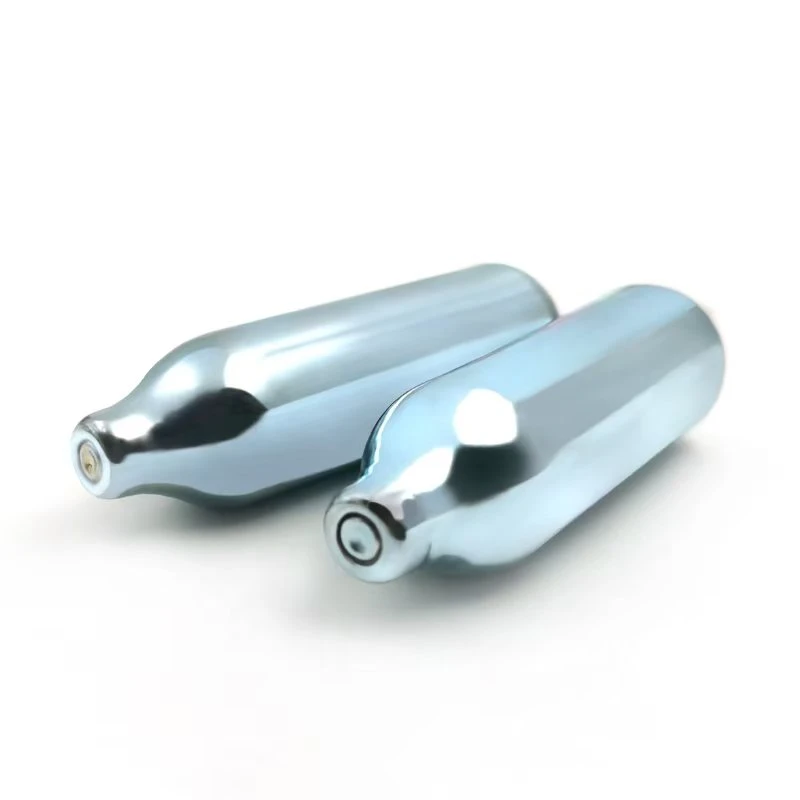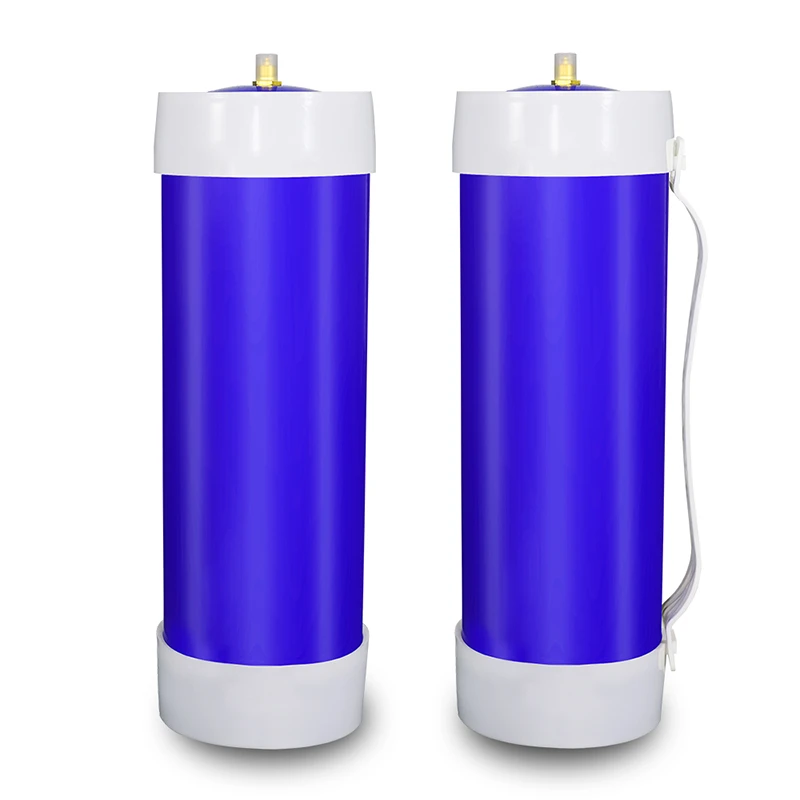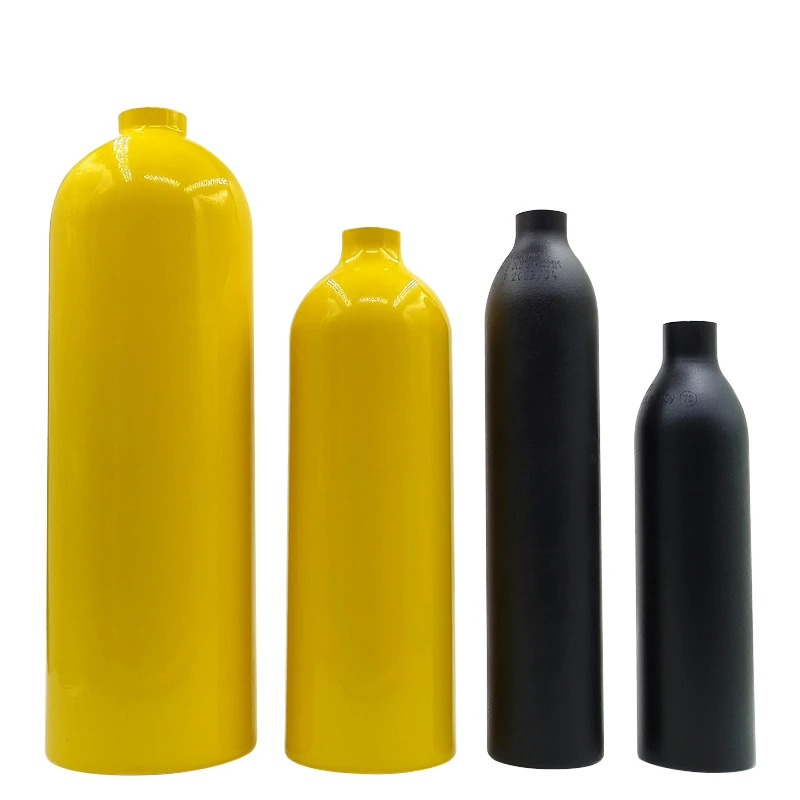
Choosing the Right Gas Bottle: Types, Prices, and Where to Buy
Whether you're heating your home, grilling outdoors, or fueling a forklift in an industrial yard, the need for a safe and efficient gas bottle is undeniable. These portable, pressurized containers make it possible to store and use gas conveniently across a wide range of applications.
Today, with so many газ бөтөлкөлөрү сатылат, choosing the right one can feel overwhelming. Understanding the different types of gas bottles, their uses, and how gas bottle prices are determined will help you make a smarter and safer buying decision.
What Is a Gas Bottle?
A gas bottle is a portable vessel designed to safely contain compressed or liquefied gases such as LPG (liquefied petroleum gas), propane, butane, and others. These bottles come in various sizes and are made from materials like steel or aluminum, designed to withstand high pressure.
Gas bottles are commonly used in:
Households for cooking, heating, and water heating
Commercial kitchens and restaurants
Agriculture (greenhouses, crop drying)
Industrial facilities (forklift fuel, welding)
Outdoor leisure activities (camping, barbecues)
Choosing the right gas bottle ensures safe use, energy efficiency, and compliance with safety regulations.
Why Gas Bottles Are Essential
Gas bottles offer flexibility and mobility, allowing users to access fuel without depending on fixed pipelines or permanent infrastructure. They are ideal for remote areas, backup energy needs, and mobile businesses such as food trucks.
The key advantages of using a gas bottle include:
Portability and ease of transport
Controlled and clean-burning energy
Multiple size options to suit various usage levels
Quick and easy installation and replacement
For many, especially in areas without access to natural gas pipelines, gas bottles are a primary energy source.
Exploring the Different Types of Gas Bottles
Understanding the different types of gas bottles available can help you choose the right one for your needs. Here's a breakdown of the most common varieties:
1. LPG Gas Bottles (Propane and Butane)
These are the most widely used gas bottles in residential and commercial settings. Propane works well in colder temperatures and is used for outdoor applications, while butane is suitable for indoor heating and cooking due to its lower vapor pressure.
Typical uses: Home heating, cooking, caravans, BBQs.
2. Camping Gas Bottles
Small, lightweight gas bottles (usually butane) ideal for camping stoves, portable heaters, and lanterns. Often compatible with screw-on or clip-on regulators.
Typical uses: Outdoor activities, festivals, camping trips.
3. Forklift Gas Bottles
Specially designed propane bottles mounted horizontally on forklifts. These gas bottles are rugged and offer high flow rates suitable for heavy equipment.
Typical uses: Industrial forklift fueling.
4. Industrial Gas Bottles
These can contain a variety of gases such as oxygen, acetylene, argon, and carbon dioxide. Industrial gas bottles are built for high-pressure environments and often color-coded for safety.
Typical uses: Welding, metal cutting, food processing.
5. Patio Heater Gas Bottles
These are medium to large-sized propane gas bottles used to power outdoor patio heaters. They typically range from 5kg to 13kg in size.
Typical uses: Outdoor dining, home gardens, restaurants.
6. Medical Gas Bottles
Used to store oxygen and other medical gases. These bottles are lightweight, portable, and designed for emergency response or hospital environments.
Typical uses: Healthcare facilities, ambulances, home medical care.
By knowing the different types of gas bottles, you can avoid mismatched purchases and ensure safe compatibility with your appliances or equipment.
Understanding Gas Bottle Prices
Gas bottle prices vary significantly based on several key factors:
1. Size and Capacity
Larger bottles cost more upfront but may offer better value over time due to less frequent refills. For example, a 9kg bottle will cost more than a 4kg bottle, but the price per kilogram of gas is usually lower.
2. Type of Gas
Propane and butane tend to have different costs depending on region and season. Specialty gases like argon or acetylene are priced higher due to their handling and purity requirements.
3. New vs. Refilled
Purchasing a new gas bottle includes the cost of the cylinder. Refill or swap services only charge for the gas, making them more affordable in the long run.
4. Brand and Supplier
Some suppliers offer better pricing due to economies of scale or regional gas agreements. Always compare quotes and check what's included (delivery, regulator, etc.).
5. Deposit or Rental Fees
Some companies charge a refundable deposit or annual rental fee for using their bottles. Always factor this into the overall gas bottle prices.
Here’s a basic example (prices vary by location and supplier):
|
Bottle Type |
Size |
Average Price (Full) |
Refill Price |
|
LPG (Propane) |
9kg |
$60–$90 |
$25–$35 |
|
Butane Camping |
4.5kg |
$30–$45 |
$15–$25 |
|
Forklift Bottle |
15kg |
$100–$140 |
$40–$55 |
|
Oxygen Cylinder |
10L |
$150–$200 |
Varies |
Safety Tips for Handling Gas Bottles
Always store upright, in a well-ventilated area.
Keep away from flames or excessive heat sources.
Check valves and seals for damage or leaks before connecting.
Use the correct regulator designed for your gas type.
Do not attempt to refill bottles yourself unless licensed.
Proper handling ensures not just safety, but also the longevity of your gas bottle and connected appliances.
Gas Bottle FAQs
Q1: What size gas bottle do I need for my BBQ or heater?
A: For a standard BBQ or patio heater, a 9kg propane bottle is usually ideal. Smaller bottles (4kg–6kg) are suitable for occasional use or camping.
Q2: Are gas bottles refillable?
A: Yes, many gas bottles can be refilled or swapped at service centers. Some suppliers offer exchange programs for empty bottles.
Q3: How long does a gas bottle last?
A: This depends on the size and usage. A 9kg bottle may last 10–15 hours on a patio heater or 20–30 BBQ meals depending on heat settings.
Q4: Where can I find reliable gas bottles for sale near me?
A: Check local gas suppliers, hardware stores, or certified online retailers. Always verify safety certification and customer reviews.
Q5: Why do gas bottle prices vary so much?
A: Prices vary based on bottle size, gas type, location, supplier, and whether you're buying a new bottle or a refill. Seasonal demand can also influence cost.
-
What to Do When Whipping Cream Won’t Whip? Causes, Fixes, and the Key Secrets to Perfect Whipping!ЖаңылыктарJun.23,2025
-
Scuba Tank Price and OptionsЖаңылыктарJun.19,2025
-
Scuba Diving Oxygen Cylinder Essentials for Safe Underwater AdventuresЖаңылыктарJun.19,2025
-
Innovations in Diving Bottles Gear and Safety SolutionsЖаңылыктарJun.19,2025
-
Exploring Scuba Tanks for SaleЖаңылыктарJun.19,2025
-
Ethylene Gas Cylinders SafetyЖаңылыктарJun.19,2025
-
Essential Dessert Making Tools for Perfect CreationsЖаңылыктарJun.19,2025
байланыштуу Продукциялар

